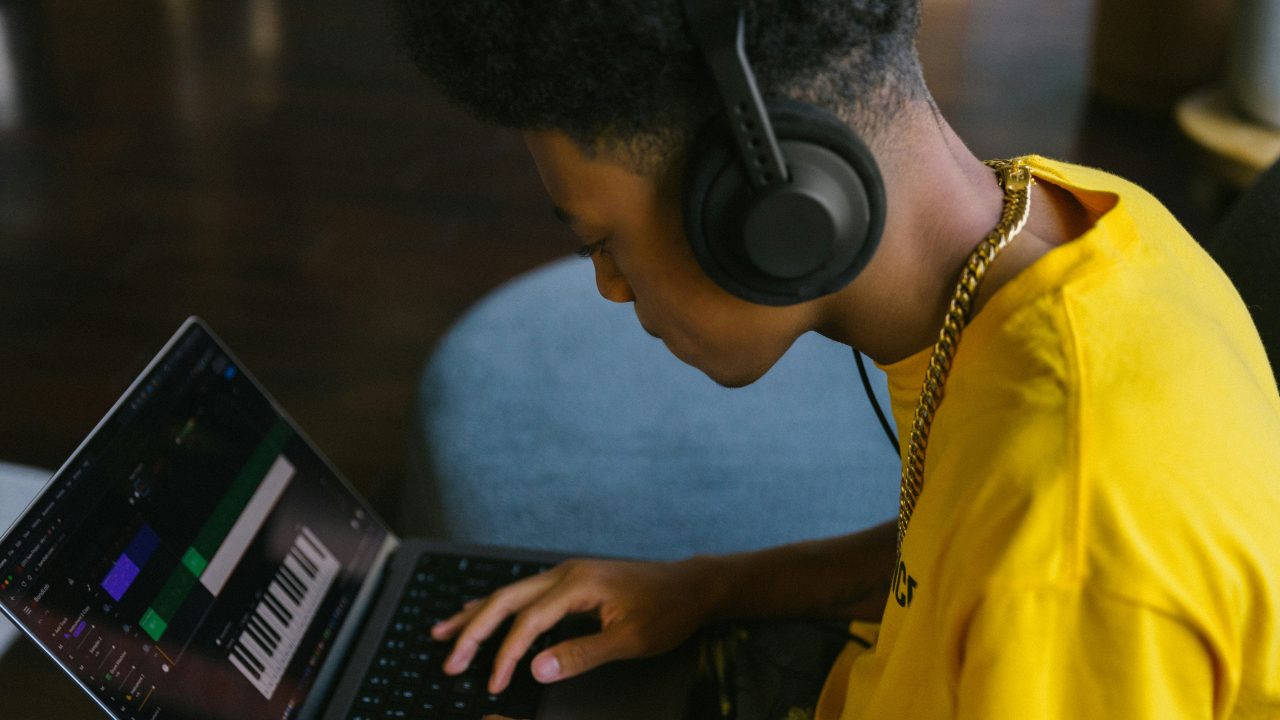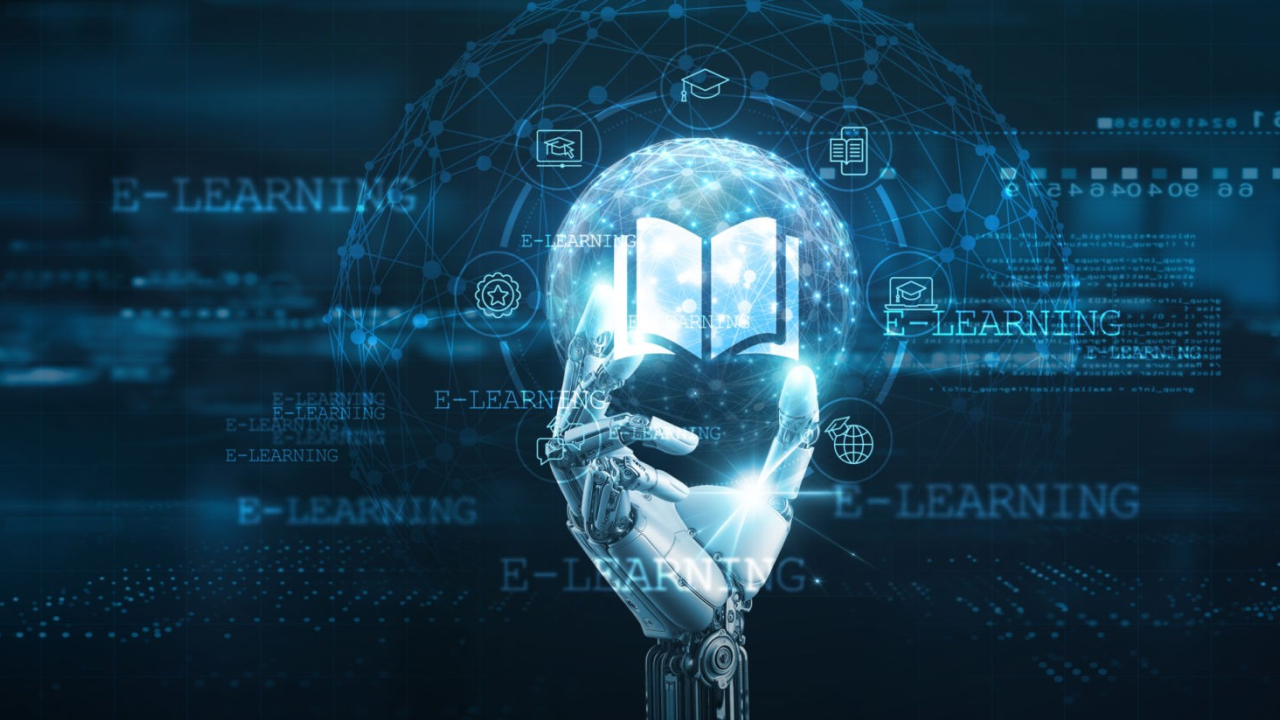Gamification in Education: Driving Engagement, Motivation, and Mastery
In today’s rapidly evolving educational landscape, one of the greatest challenges educators face is sustaining student engagement in a world overflowing with digital distractions. As learning environments become more dynamic and learner-centered, a growing number of schools are turning to gamification as a strategic approach to foster motivation, build resilience, and enhance educational outcomes.

Gamification—the application of game mechanics such as points, rewards, levels, and challenges to non-game contexts—has emerged as a powerful tool in education, not simply as a trend, but as a research-backed framework that resonates with the psychology of learning. Far from being a gimmick, it is proving to be a robust pedagogical model capable of transforming how students interact with content, their peers, and the learning process itself.
What Is Gamification in an Educational Context?
Gamification in education refers to the use of game design elements—such as progress tracking, leaderboards, digital badges, or narrative-driven tasks—to increase learner participation and investment in academic tasks. It transforms traditional instruction into a more interactive, feedback-rich, and learner-driven experience.
Rather than turning classrooms into video games, effective gamification uses these elements to deepen cognitive engagement, promote mastery, and cultivate a sense of purpose and achievement. It enables educators to address both intrinsic and extrinsic motivators, ensuring students not only enjoy the learning journey but remain committed to it.
The Pedagogical Power Behind Gamification
The success of gamification in education lies in its alignment with the principles of motivational psychology, particularly:
• Autonomy: Allowing learners to make meaningful choices and chart their own learning paths.
• Competence: Helping students build mastery by progressing through manageable challenges.
• Relatedness: Encouraging collaboration and social interaction through team-based tasks or peer feedback.
• Purpose: Embedding learning in stories, missions, or real-world contexts that provide relevance.
Through this lens, gamification becomes not just about reward, but about developing resilience, persistence, and self-efficacy—key traits for academic and lifelong success.
Real-World Applications in Schools
Across the globe, innovative educators are embedding gamification into classroom practices, curriculum design, and assessment models. Here are a few impactful applications:
1. Digital Platforms and Tools
Tools like Kahoot!, Quizizz, Classcraft, and Duolingo for Schools provide educators with user-friendly gamified interfaces. These platforms offer point systems, real-time feedback, and visual progress tracking, making formative assessment and review more engaging.
2. Narrative-Based Learning
Teachers are designing lessons as quests or missions, inviting students to take on roles such as scientists, historians, or explorers. A literature unit may become a “literary adventure,” or a math lesson a “problem-solving tournament,” enhancing emotional connection and retention.
3. Classroom Economies and Reward Systems
Some educators build classroom economies, where students earn tokens or points for academic achievements or positive behavior. These systems can teach financial literacy, responsibility, and goal-setting while reinforcing core content.
4. Gamified Assessment and Feedback
Gamification allows for continuous, low-stakes assessment. Students can see their progress through levels, unlock challenges as they master content, and receive instant feedback, reducing anxiety around summative testing.
Benefits to Teaching and Learning
1. Sustained Engagement
Gamification transforms passive learning into active participation. When students earn rewards, unlock content, and see visible progress, they are more likely to remain focused and motivated.
2. Promotes Mastery and Growth Mindset
By emphasizing effort and progress rather than just outcomes, gamification supports a growth mindset. Students are encouraged to persevere, view mistakes as part of learning, and strive for improvement.
3. Enhances Collaboration
Team quests, multiplayer challenges, and peer recognition foster a sense of community, collaboration, and healthy competition. These skills are foundational to social-emotional development and future workplaces.
4. Differentiation and Personalization
Gamified learning pathways allow for differentiated instruction, where learners can progress at their own pace, revisit content as needed, or take on advanced challenges.
Cautions and Considerations
While gamification offers immense potential, it must be implemented thoughtfully to avoid pitfalls:
• Avoid over-reliance on extrinsic rewards. Points and badges are useful but should not replace the deeper joy of learning.
• Ensure inclusivity. Gamification should celebrate all learners and avoid reinforcing hierarchies through competitive systems.
• Design with purpose. Every gamified element must align with a clear learning objective and avoid distraction from core content.
When strategically embedded into curriculum and classroom culture, gamification can become a powerful complement to evidence-based teaching—not a replacement for it.
Leadership Implications
For school leaders and policymakers, embracing gamification offers a forward-thinking response to student disengagement, low motivation, and the growing need for 21st-century skills. Investing in professional development around gamified pedagogy, integrating adaptive learning platforms, and fostering a school-wide culture that values innovation and student agency can help drive meaningful educational transformation.
Moreover, gamification is a natural fit within project-based learning, inquiry models, and competency-based assessment frameworks. It invites educators to reimagine their roles—not just as instructors, but as designers of powerful learning experiences.
Conclusion
As we continue to shape the future of education, gamification stands out as more than a trend—it is a strategic tool grounded in research, aligned with learner psychology, and capable of bridging engagement gaps. When implemented with purpose and vision, gamification does not trivialize learning; it elevates it, making it more human, more personal, and more effective.
In the gamified classroom, students are not just passive recipients of information—they are players, problem-solvers, and protagonists in their own educational journeys. That’s a future worth playing for.
By Laura El Chami
Stay up to date
Subscribe to the free GESS Education newsletter and stay updated with the latest insights, trends, and event news every week. Your email address will remain confidential

